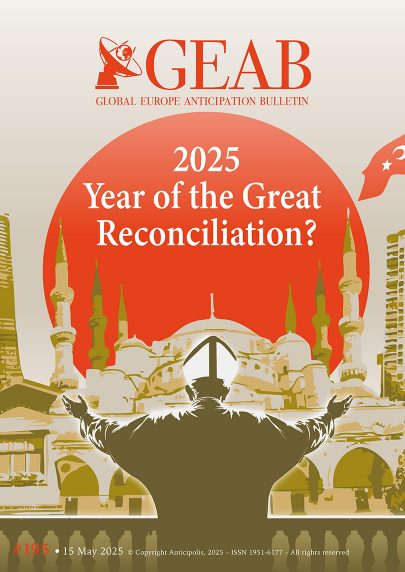GEAB 195
TREND
In a world where capital, goods and people circulate easily, a new axis of competition is emerging between the powers of the multipolar world: that of capturing populations with high purchasing power. The “rich”, along with talent, energy, water, etc., are among the strategic assets we must try to secure. Very low taxes, easy residence permits, limited government presence, a highly flexible housing market, good infrastructure and public services… the levers used by governments to attract this population are numerous. This year, 142,000 millionaires are expected to move from one country to another (vs. 51,000 in 2013, representing a 178% increase in the mobility of the wealthy)[1], an emigration that is making a growing number of countries salivate. Here’s an update on this latest trend.
Why do governments want to attract wealthy people?
In the same way that we now speak of the “geopolitics of talent”, the rich are now a “value” that states compete for. And more and more states are entering the race, competing in ingenuity to attract this precious commodity. Valuable for their high purchasing power, for the personal service jobs they create around them, for the rise in quality of services they require, for the image of a wealthy country they give, for their high contribution to GDP, etc., they are major assets for the countries that welcome them. They are generally well-educated and spread this characteristic around them.
What’s more, around 20% of those who move to another country are entrepreneurs or company founders, and may become investors in their host country. They also consume top-of-the-range products (particularly in the luxury goods sector, which preserves know-how and promotes craftsmanship). Finally, like exporting companies, they are a major source of foreign currency for the host country, as their financial assets are transferred[2]. They represent a strong lever for growth, in the same way as multinationals, which enable capital inflows.
Major migrations underway Login

EDITORIAL The global systemic transition that we have been relentlessly studying for 19 years has taught us that major crises force us to revisit all of history: Bretons Woods, the [...]
ANTICIPATION America takes control of the Western Roman Empire. And that's good news! The United States, no longer defined solely by its WASP identity, stands as the Vatican's largest financial [...]
VISION The Terra Cognita 2089 section is designed to open up a wider time frame for our anticipations. Based on a critical analysis of the long-term strategic documents (Visions) produced [...]
VIEW An article in the GEAB of March, in the form of a vision rather than an anticipation, suggested a sustainable way out of the current Western crisis by transforming [...]
SIGNS While the digital age seems to promise a more integrated, centralized world, we are witnessing a reverse dynamic: a return to feudal logic. Governors, technology barons, federated states and [...]
RECOMMENDATIONS Central theme: as stated last month, the trade tensions created by Donald Trump were indeed negotiating levers. In this context, the UK, China, soon the EU..., are redefining their [...]

Comments